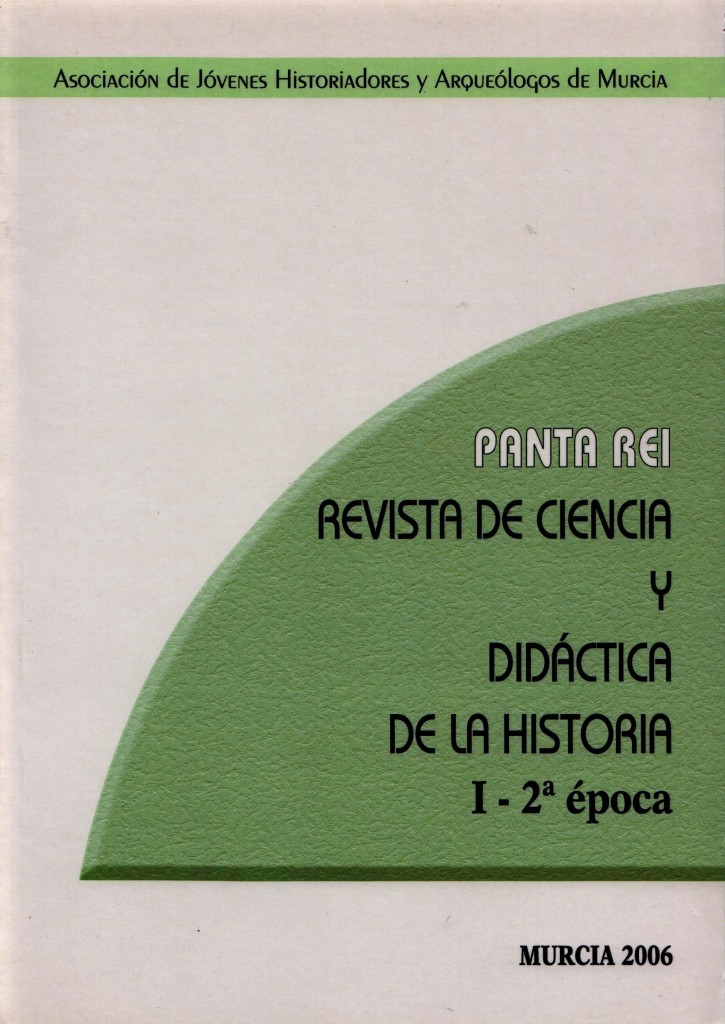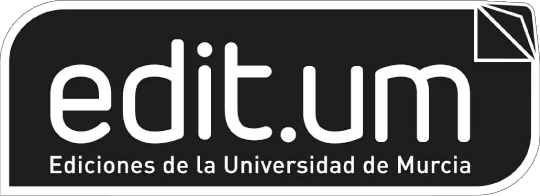Problems around the study of Viriato
Abstract
The figure of the Lusitanian leader Viriato constitutes a proper name of the first order for the study of the almost two centuries that the conquest of Hispania by Rome lasted. Viriato is a true milestone in the Hispanic resistance, and his figure has been compared since ancient times by classical sources with such important names as Aníbal or Espartaco. This mythification of the figure of Viriato is due to the description of his actions that classical sources, both Greek and Latin, have transmitted to us since the second century BC. The classical authors coincide in pointing out the importance of his person and his exceptional qualities as a military leader, despite the fact that his narrative objectives differ greatly. The purpose of this work is to raise the existing problems when making an approach to Viriato from the classical sources. An incorrect or partial reading of the sources, together with other ideological factors of interpretation, decisively influence the development of a distorted image about the personality and objectives of the Lusitanian chief. Therefore, we conclude on the need for a critical approach to source analysis in parallel with the interpretation of archaeological evidence.
Downloads
-
Abstract333
-
PDF (Español (España))233
References
Consultar PDF
All the contents published in this journal are subject to an Attribution-ShareAlike 4.0 International (CC BY-SA 4.0) Creative Commons License. You are free to: Share — copy and redistribute the material in any medium or format, Adapt — remix, transform, and build upon the material, for any purpose, even commercially. Under the following terms:
Attribution — You must give appropriate credit, provide a link to the license, and indicate if changes were made. You may do so in any reasonable manner, but not in any way that suggests the licensor endorses you or your use.
ShareAlike — If you remix, transform, or build upon the material, you must distribute your contributions under the same license as the original.
Full text of the license is available in: Creative Commons License 












